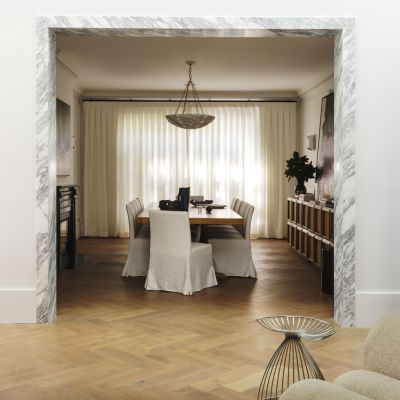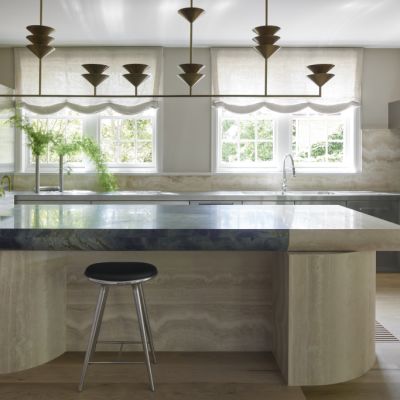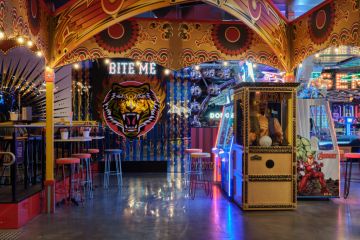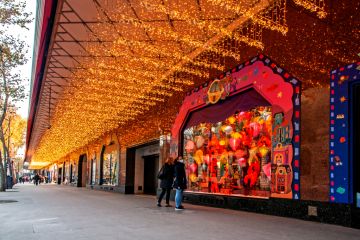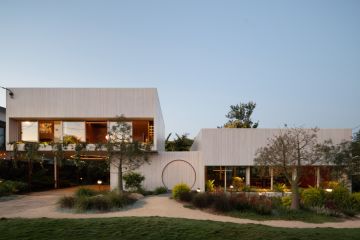Altar’d spaces: Inside Australia’s most special church-to-restaurant conversions
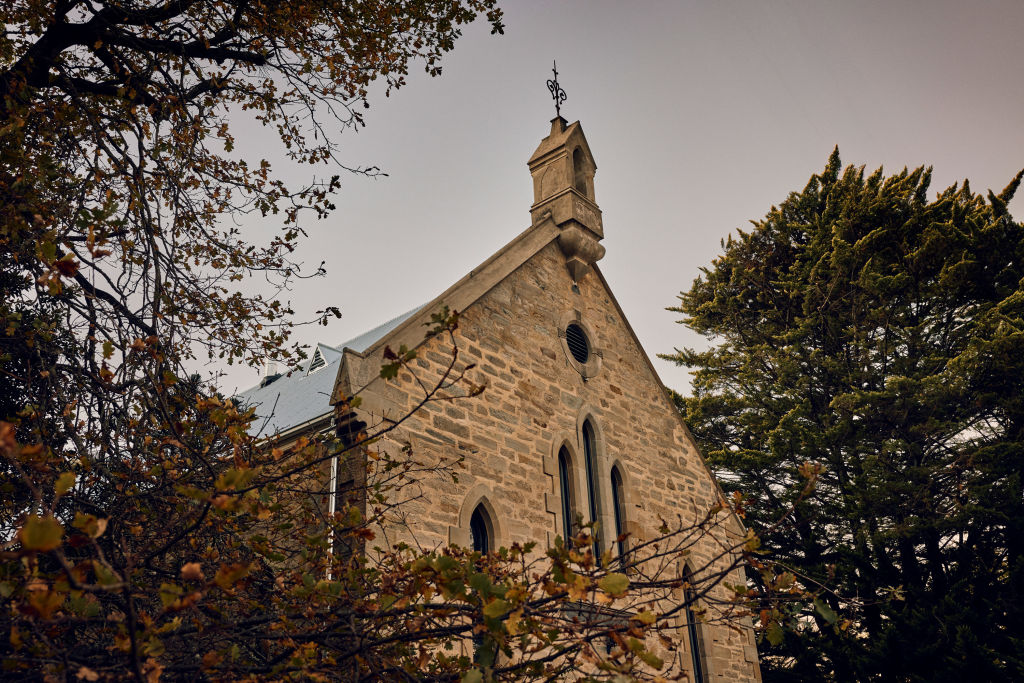
For a lot of us, dining out is a religion. There are rituals, bread and wine and holy texts (a great menu). There’s also a certain element of faith. The hope bestowed in a never-before-tried dish, the trust put in the hands of an unseen chef.
This tie between the gastronomic and the godly moves beyond metaphor in the case of several venues across the country where restaurants and rectories have found themselves sharing digs.
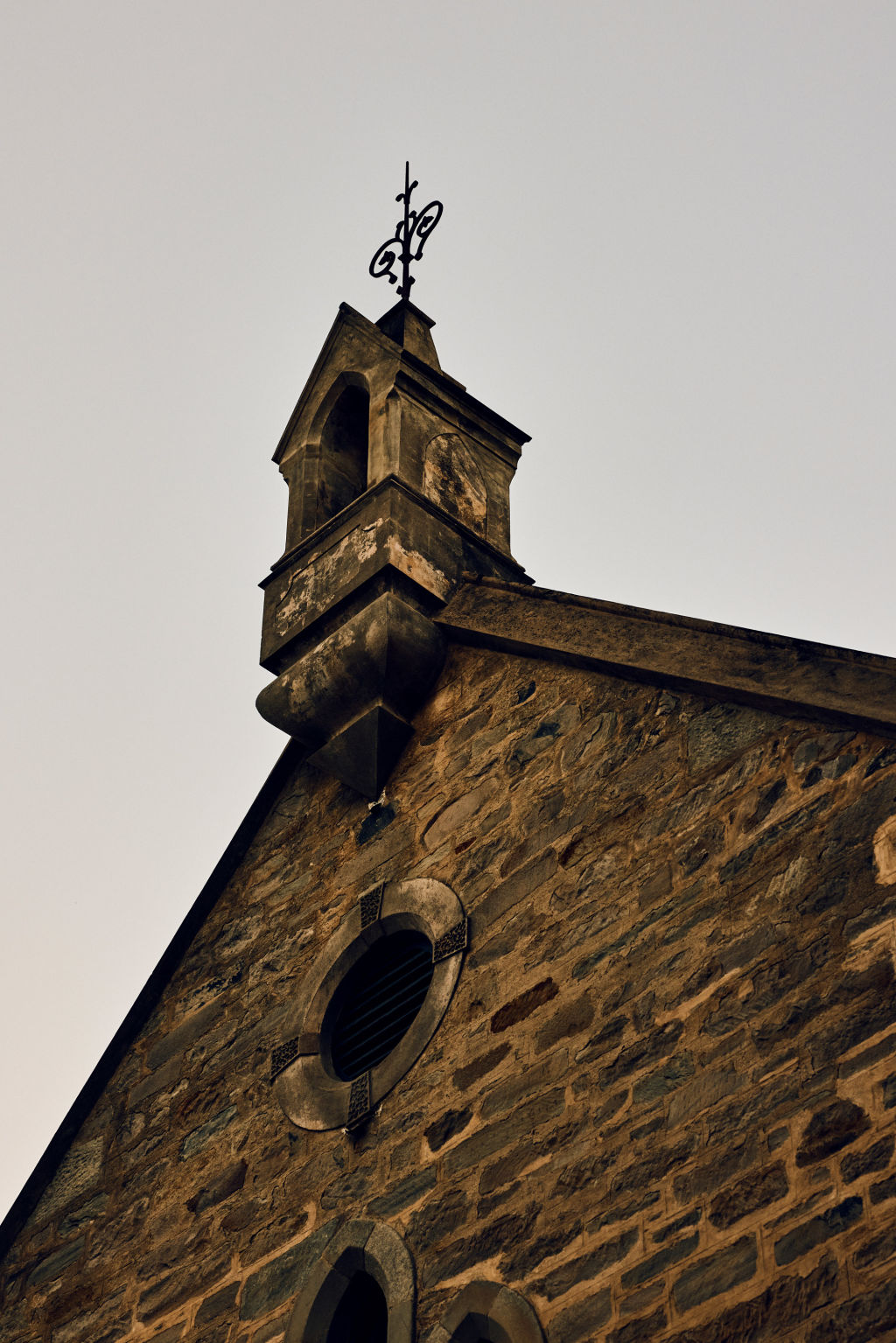
We’ve seen it with Middle Eastern diner Shaffa in Sydney, which opened in 2011 in the alleyway and atrium between a 120-year-old church and a 19th-century inn. And again with Julie, a romantic Melbourne restaurant at the converted Abbotsford Convent.
August, a modern French-leaning bistro in a heritage-listed 136-year-old church, was one of Brisbane’s best new openings in the last year. And over in Adelaide – the “City of Churches” – internationally renowned chef Justin James (previously at Restaurant Botanic, Vue de Monde and New York’s Eleven Madison Park) is a few months away from opening Restaurant Aptos, an ambitious degustation diner in a 156-year-old church in the Adelaide Hills.
The adaptive reuse of churches takes advantage of their grand architecture and heritage features, otherwise difficult to replicate. But of course it comes with challenges.
In the case of August, run by couple Brad Cooper and Matilda Riek, the church was originally located in a flood-prone neighbourhood near the Brisbane River. Built on stilts, the whole building was lifted and moved to its current location in Brisbane’s West End in the post-war period.
When Riek and Cooper began their stewardship of the space – previously used as a bookshop, a series of offices and a music academy – they decided to renovate the structure themselves.
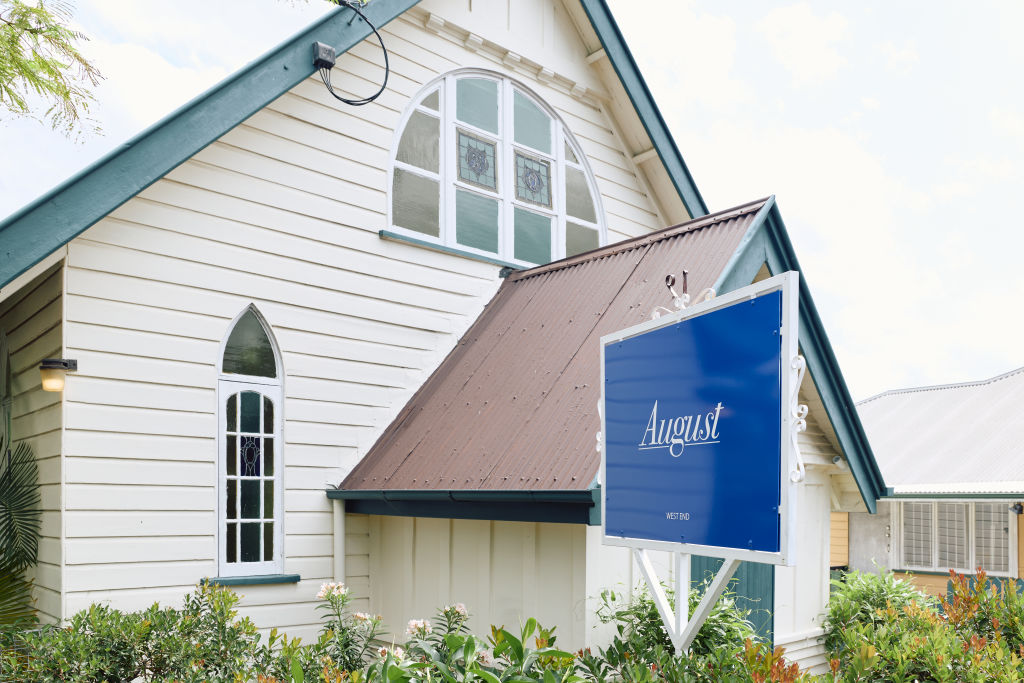
“We knew it was heritage-listed, but I didn’t really understand what the [approval] process entailed,” Riek says. “It was also good, in a way. It meant we had a whole lot of restrictions, so the amount that we could do with the space was limited, which kept things quite simple, and meant [we could] open quite quickly.”
The pair have preserved the bones of the building, retaining its polished timber floors, high ceilings, stained-glass windows and the vertical joint panelling – a feature they were specifically required to keep.
Practical elements like plumbing and gas proved tricky. Riek and Cooper raised the kitchen by 30 centimetres so all the plumbing work could run above the heritage floor.
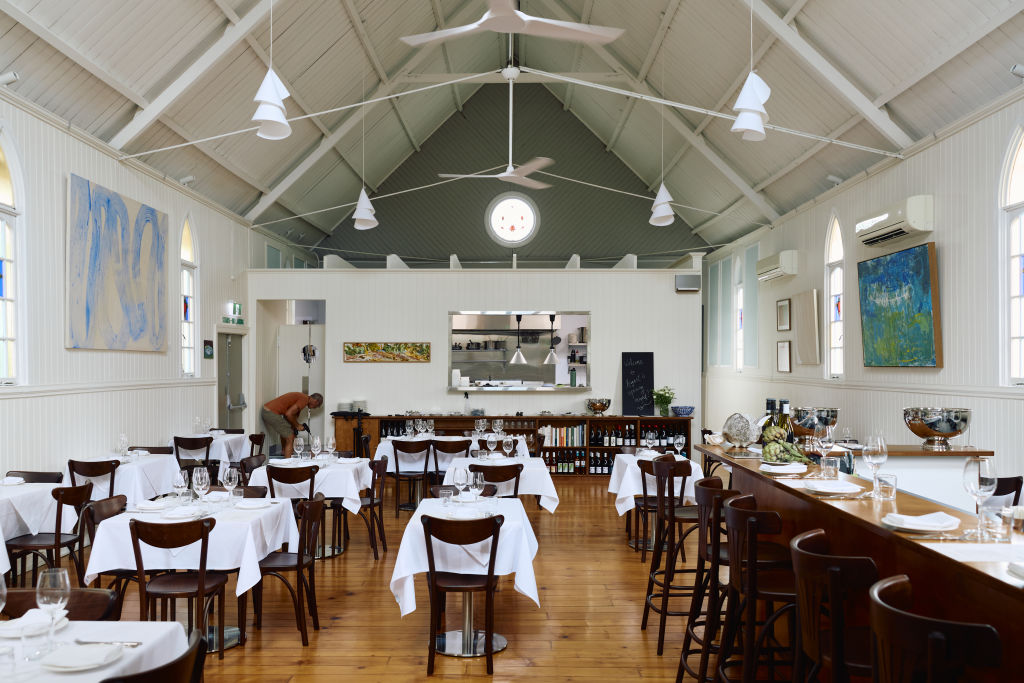
For James, the soaring grandeur of Aptos’s sandstone church in Stirling matches the scale of what he’s trying to create. “We’ve repainted all the stonework outside, but just to bring back its natural beauty, not to make it look new, so there’s still some patina out there,” he says.
Before James bought the church, it was used as a gallery for nearly four decades. When he opens Aptos, diners will move through 16 courses over three floors, using the space as if they were at a house party: drinks in the den, dinner in the kitchen, dessert in the living room. On a practical note, this meant putting multiple kitchens into an incredibly old space.
“I said, ‘let’s not do a gut job’, and then, as we started, we noticed the floor was quite damaged,” James says. “Then once you’ve ripped it up it’s like, ‘Well, we might as well move that doorjamb a metre over that way.’ And then the whole thing becomes a gut job.”
Still, despite all the setbacks, James says he’s embracing the “wabi-sabi” of the building and prays diners can visit soon.
We recommend
We thought you might like
States
Capital Cities
Capital Cities - Rentals
Popular Areas
Allhomes
More
